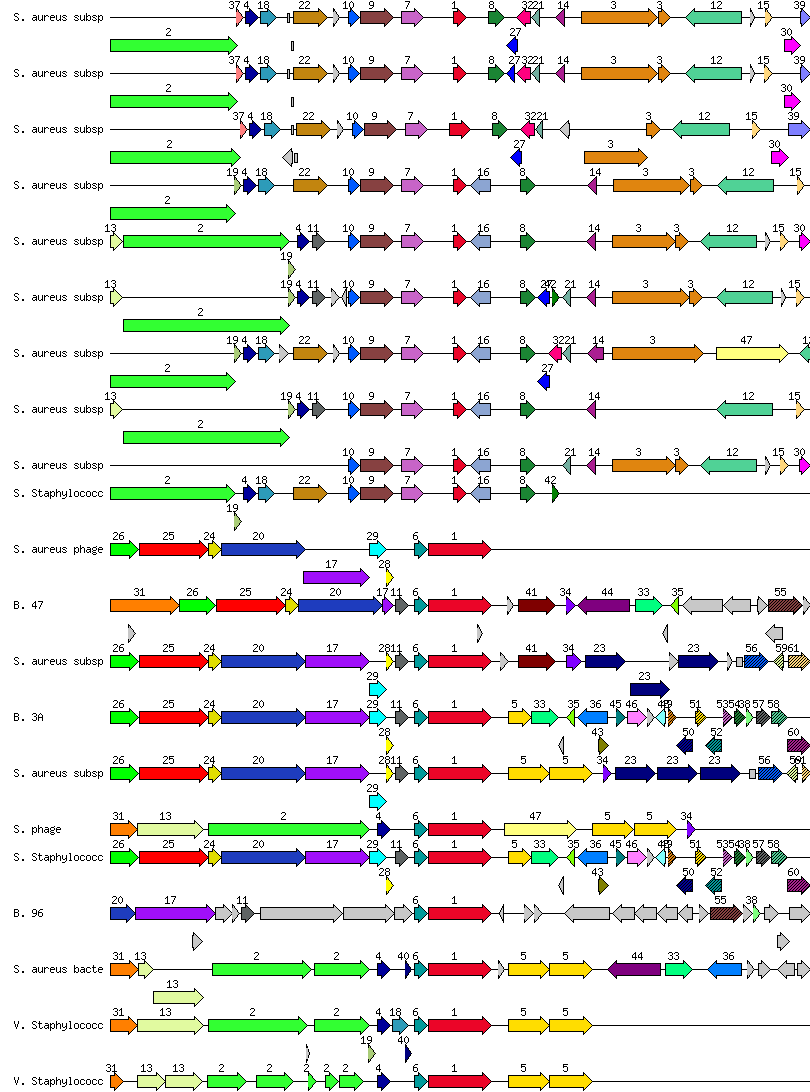Phages kill bacteria. That’s their ultimate goal. Yet, they have to maintain the bacterial cell integrity until they’re done with making new phage particles. So, they carefully control the bacterial genome till they replicate their DNA and package it in nascent phage particles. Once these are formed and are ready to leave, they need to leave. They engage in a highly timed and orchestrated procedure of poking holes in the bacterial membranes (using phage holins), degrading the bacterial peptidoglycan-based cell wall, then—if the bacterial host happens to be a gram-negative cell—breaking the outer membrane too!
In the event a phage decides to remain “dormant” inside a bacterium, things get a bit more complicated. A so-called “arms race” is generated. For bacteria, phages are time bombs that can be induced at any time to kill the bacteria. How would bacteria avoid this fatal vampirish ending? They have to “tolerate mutations” in the phage’s most dangerous protein-encoding genes. If the gene that controls phage induction is damaged, this may salvage the bacteria. Other tempting targets are the lysis modules! If lysins or holins are disabled, the domant prophages may remain captive forever (or rather until prince “helper phage” comes and frees them from that peptidoglycan-walled prison.
So, if you’re a bacterium, it’s smart to disable the lysin genes, one way or another. If you’re a scientist studying bacterial and phage genomes, there is no better way to find this out than using the subsystems-based SEED server. Using subsystems allows you to find out how closely related phages and prophages may have very different lysin genes. In the diagram below, a bunch of staphylococcal phage and prophage genomes are compared. You will notice immediately how some of their lysins (in Red, labeled # 1) are sometimes truncated. A truncated lysin is bad news for a phage. It means the phage is on its way to be enslaved by the bacterium for long years to come!
